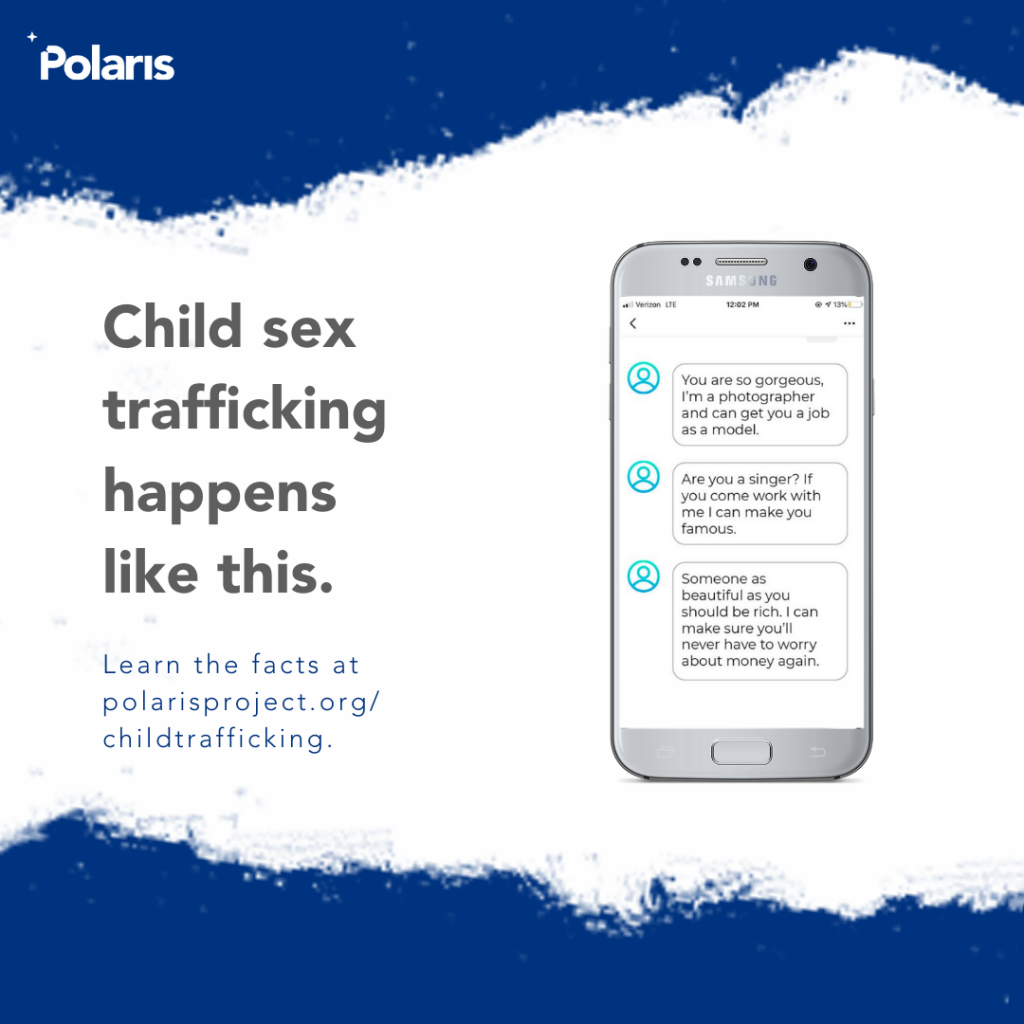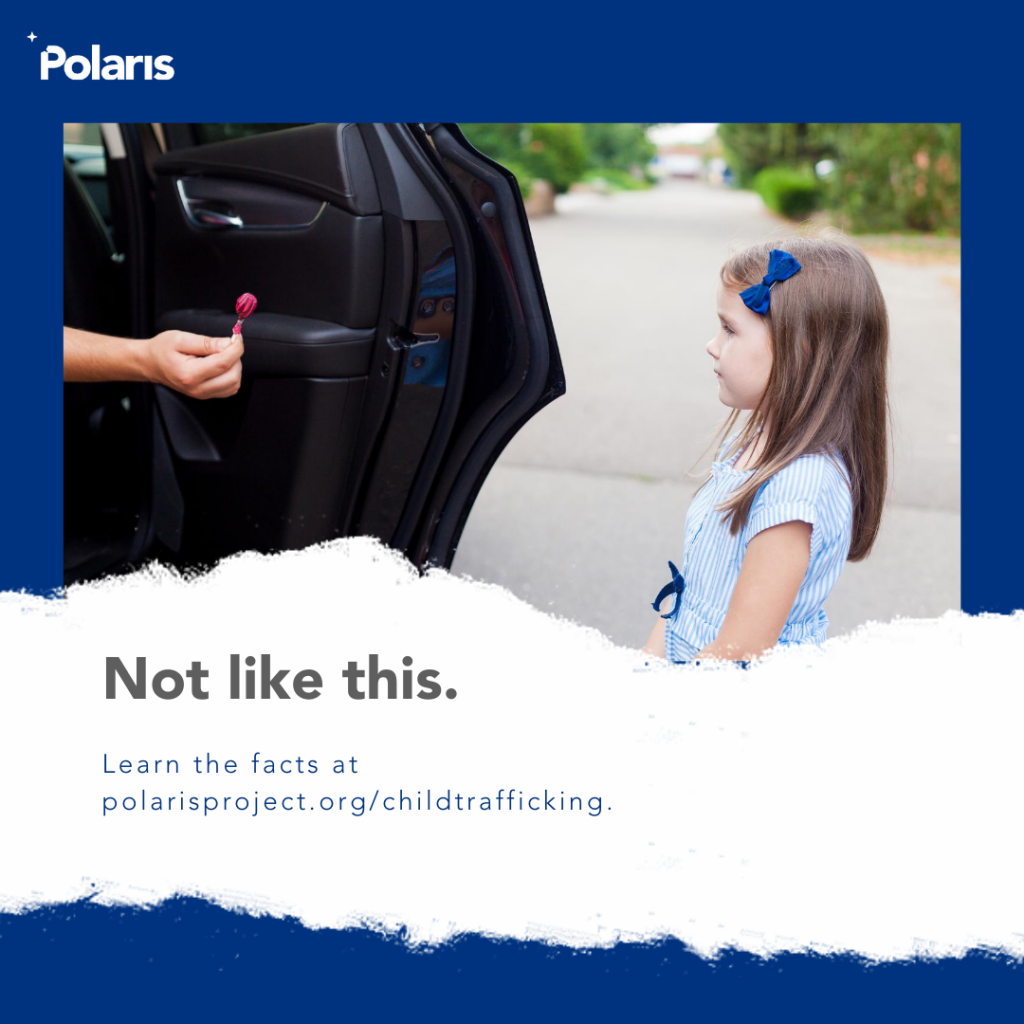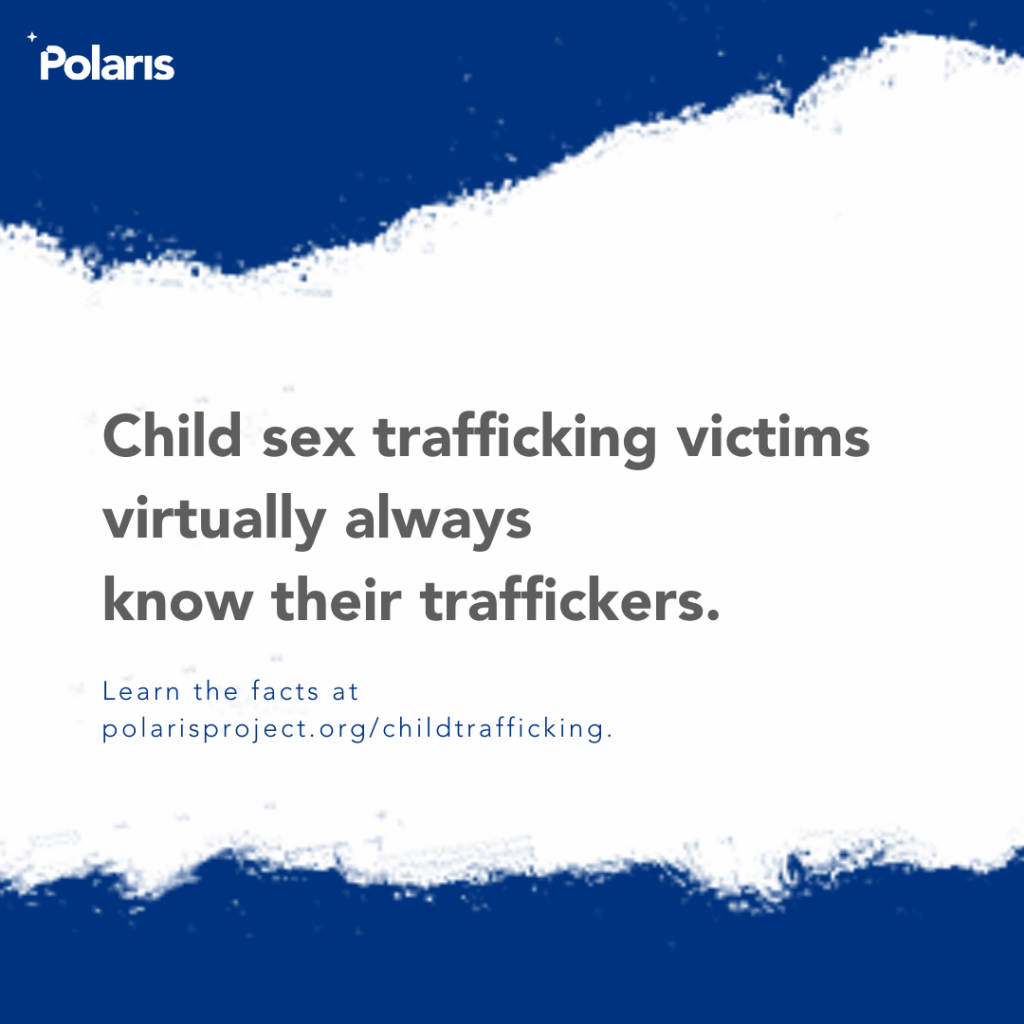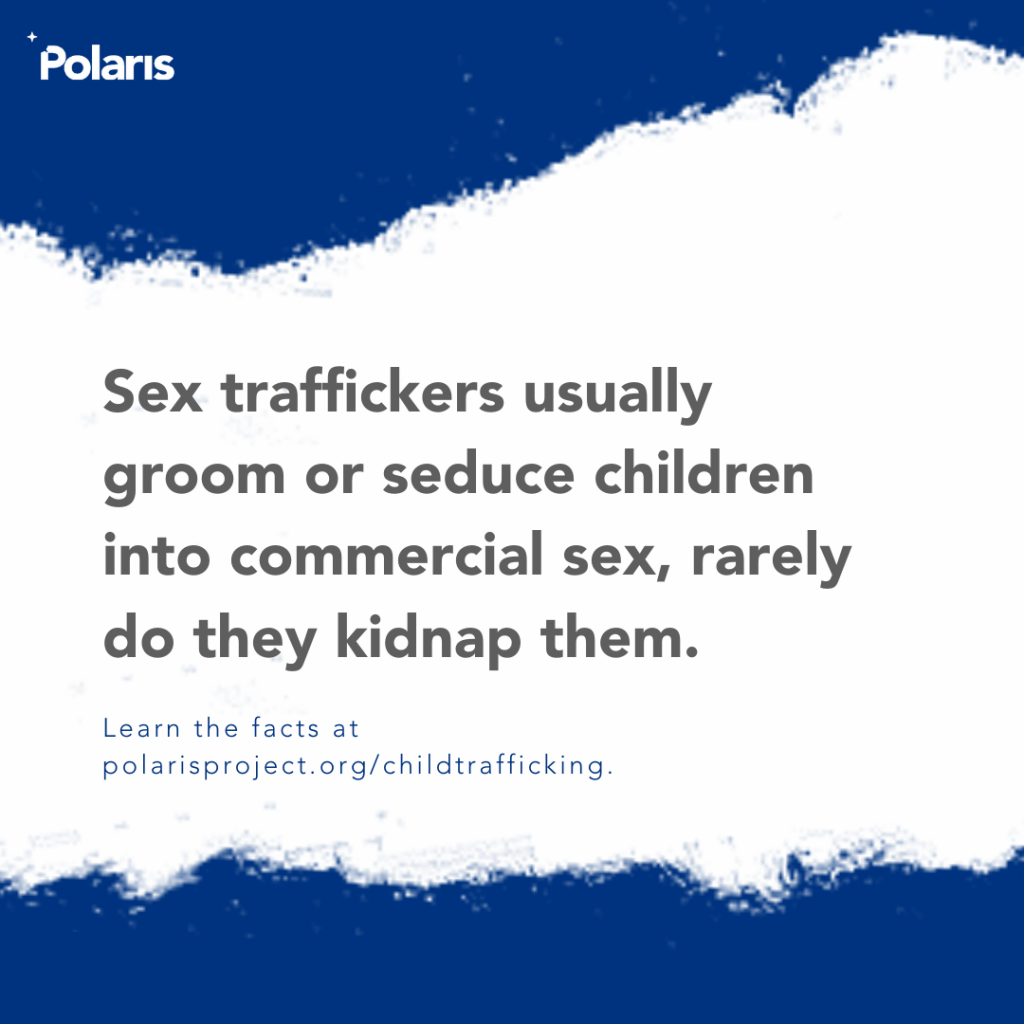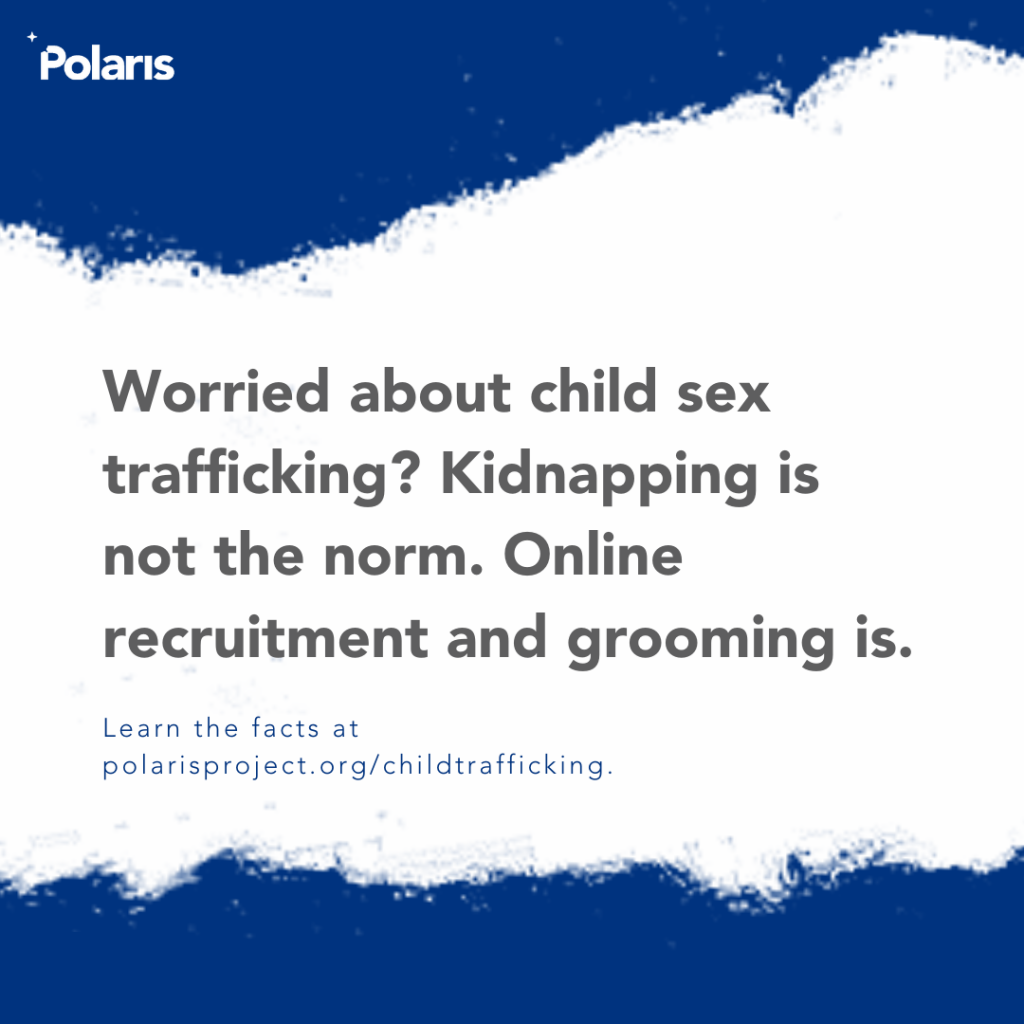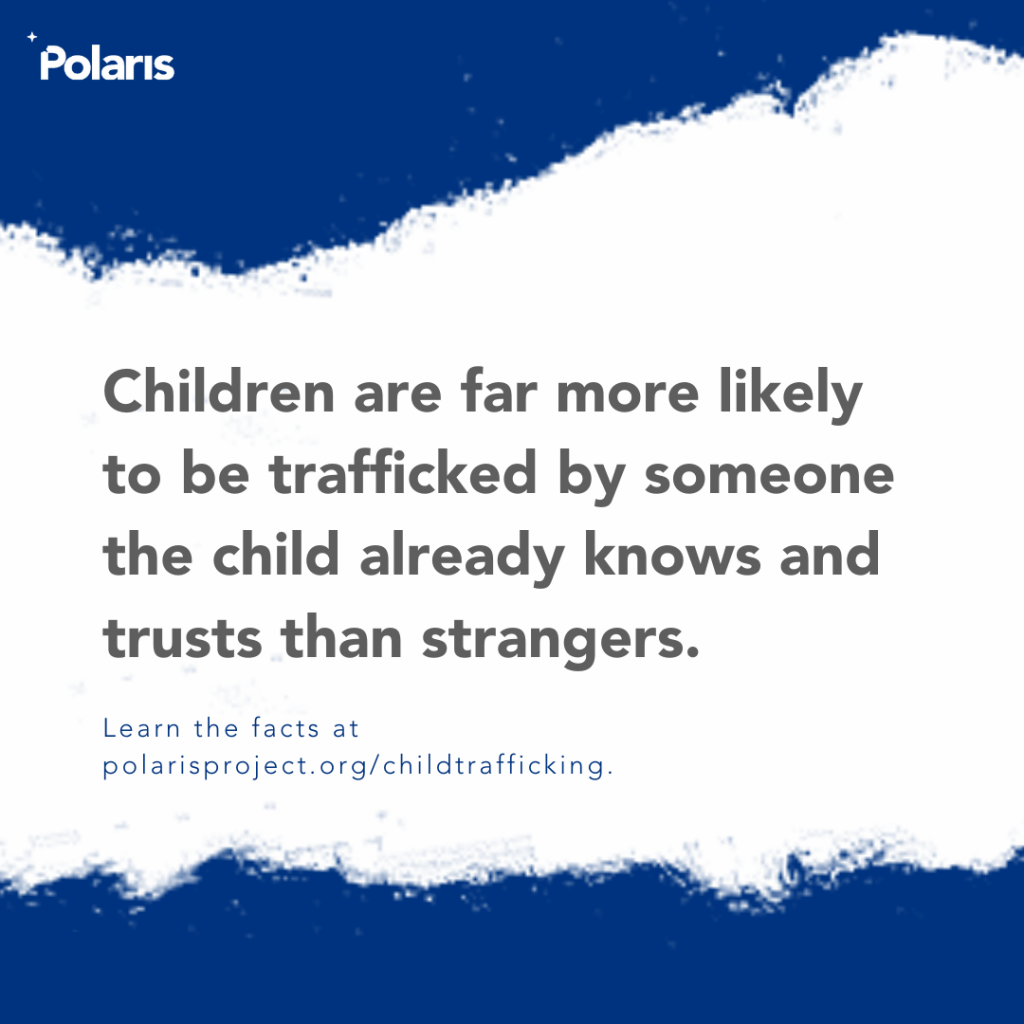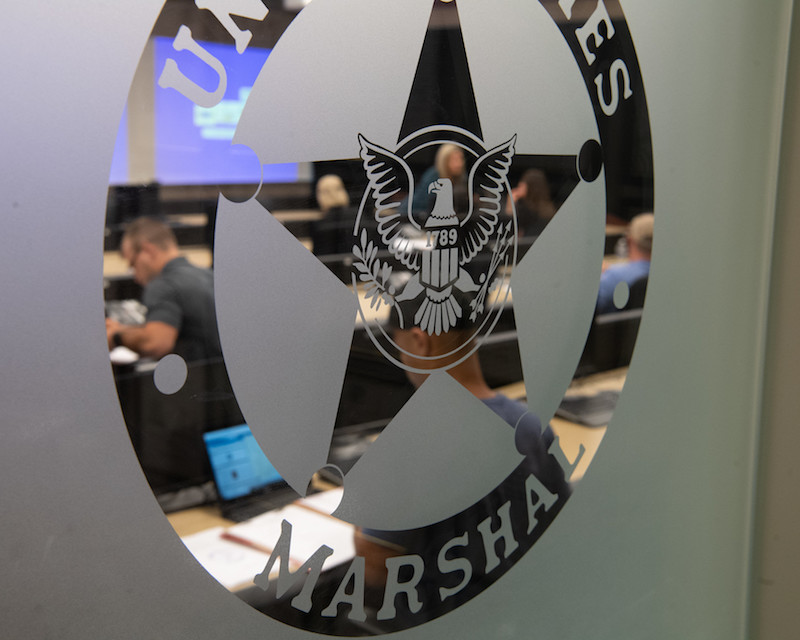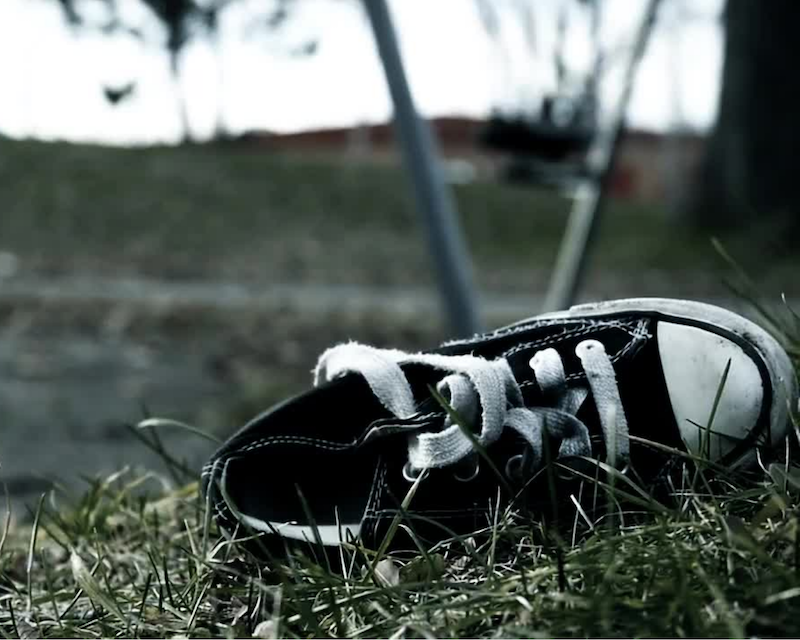In complex and frightening times, it’s natural that the world seems like a more dangerous place for our children than ever before. Understanding the realities of child sex trafficking will help you to not only keep your own children safe, but to become an effective advocate for the safety of all children and families in your community.
Child Sex Trafficking Myths
Myth
Child sex traffickers usually kidnap their victims or otherwise take them by force.
Reality
Most child sex traffickers operate by building trust with victims, and manipulating them into sexual exploitation.
Myth
Parents and other adults should be on the lookout for strangers who are hunting for children to exploit.
Reality
Children are far more likely to be trafficked by people they know – including members of their own family.
Myth
Some teenagers get involved in the sex trade because they have loose morals. We shouldn’t worry about them.
Reality
Anyone involved in selling sexual services who is under the age of 18 is a victim of sex trafficking under U.S. law.
Myth
The only way to reduce child sex trafficking is to arrest all the perpetrators.
Reality
Law enforcement is an important partner in the work but arrests alone will not solve this. Building and supporting strong families and communities will help prevent child sex trafficking before it happens.
Myth
All children are equally at risk for sex trafficking.
Reality
As with adults, children who have certain other risk factors are also going to be more at risk for trafficking. These include children who have been abused or faced trauma, children in unstable living situations and children in families battling addiction.
Myth
All child trafficking involves sex or prostitution.
Reality
Children are victimized in laboring trafficking situations as well, in the United States.
Want to do more?
Help dispel misinformation and share these facts with family and friends on social media.
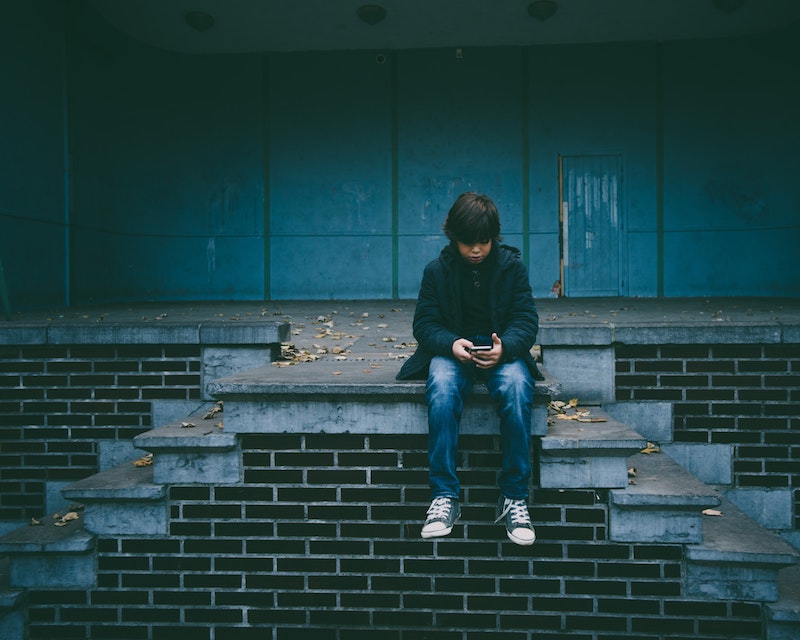
Help Children in your Community
Youth and young adults experiencing homelessness often remain invisible as they live on the streets, in shelters, in their car or by staying temporarily with others. Homeless young people have already been failed by numerous systems – and people – who were supposed to help keep them safe. They are in survival mode, lacking the basic necessities of life – a safe place to live, regular sources of food. That’s when traffickers swoop in.

Take the Social Media Pledge
Social media has become a part of our everyday lives and has changed the way we communicate with friends and family. While many of these platforms have created more ways to keep in touch, meet new friends, and even start relationships, there is also a dark side. Social media has become a platform for human traffickers to recruit potential victims through insincere romantic relationships.

Human Trafficking Training
Compassionate, committed individuals and communities like yours are the most powerful resource there is to prevent and reduce human trafficking. But to leverage your power, you need the best possible information. Take our free introductory course, Human Trafficking 101, to learn what human trafficking really is, how it happens, and how you can be part of the solution.
Contact the U.S. National Human Trafficking Hotline
If you or someone you know needs help, call the National Human Trafficking Hotline toll-free hotline, 24 hours a day, 7 days a week at 1-888-373-7888 to speak with a specially trained Anti-Trafficking Hotline Advocate. Support is provided in more than 200 languages. We are here to listen and connect you with the help you need to stay safe.
